I'm a newbie when it comes to electricity, and this has been bugging me since like 9th grade when I first learned about V/I/R/P combinations, and to this day I still can't wrap my head around the concept.
I understand about the mathematical formulas, but what I'm having trouble with is the meaning of V/I when it comes to wiring things. I'm thinking of starting a small project wiring up a solar panel to computer fans just to learn about this.
- Solar panel is rated at DC 6V/1W
- Fans are rated at DC 12V/160mA
What do these rating mean?
- Does this mean that the fans can only operate if the source voltage is 12V?
- What if the source is under-voltage like 6V? Will the fans not power on at all?
- What if the source is over-voltage like 120V? Will the fans start catching fire?
- What if the source is just slightly over/under like 13V or 4V?
If my solar panel is rated at 6V/1W (~160mA max), and I connect four fans in parallel, which means each fan will receive ~40mA, does this mean that the fan will not spin? Or will the fans spin at 1/4th of the speed?
Lastly, if my solar panel is only 6V, and fans are operatable at 12V, does this mean that I have to connect two solar panel serially? Can I put a resistor between the panel and fans to increase it to 12V?
